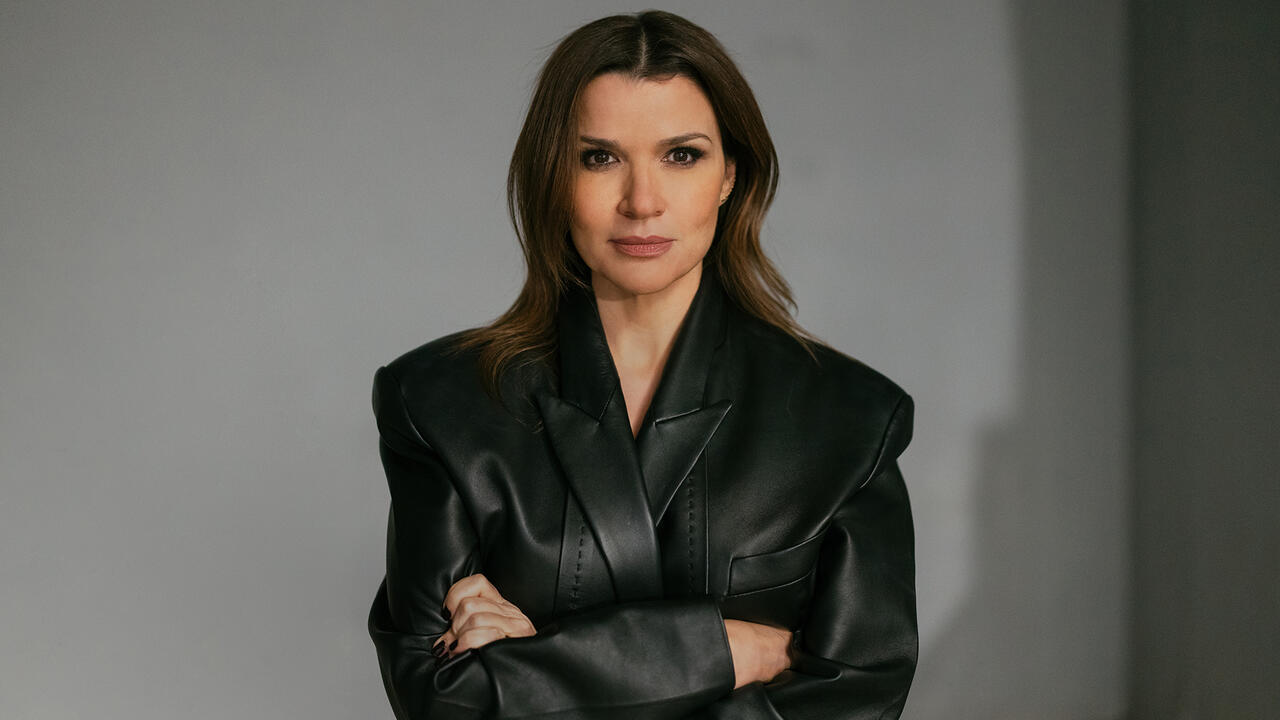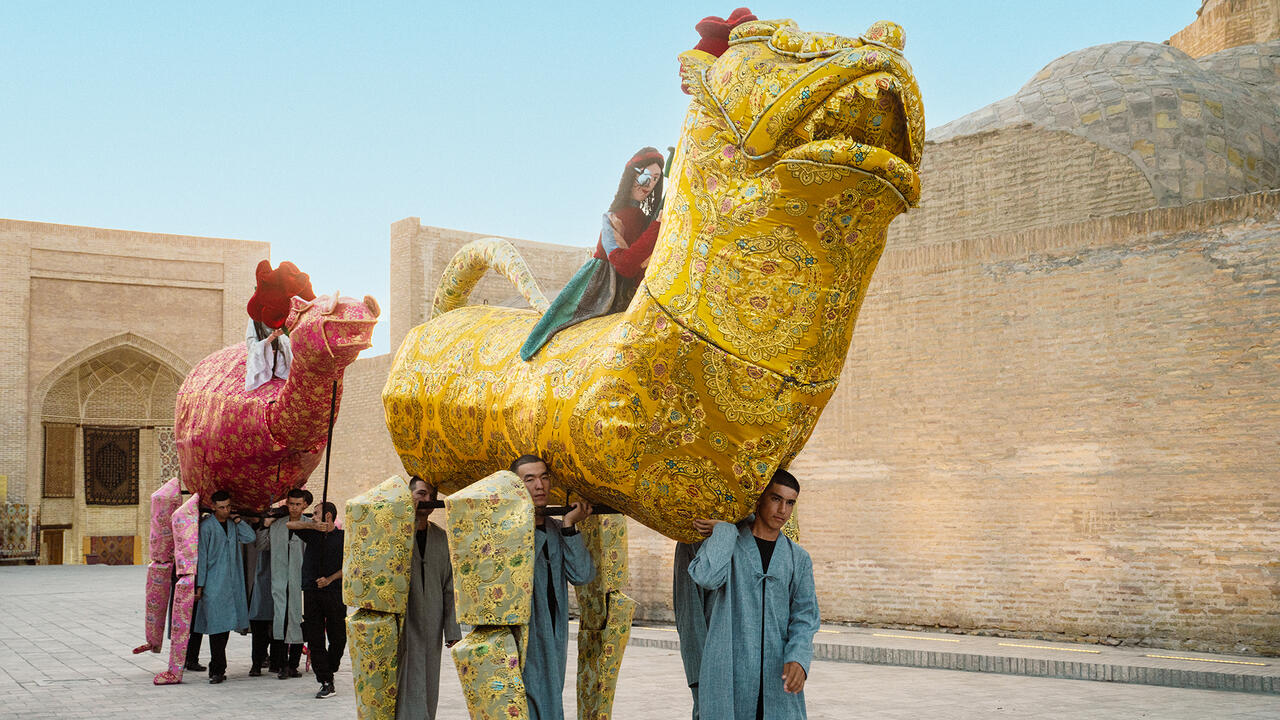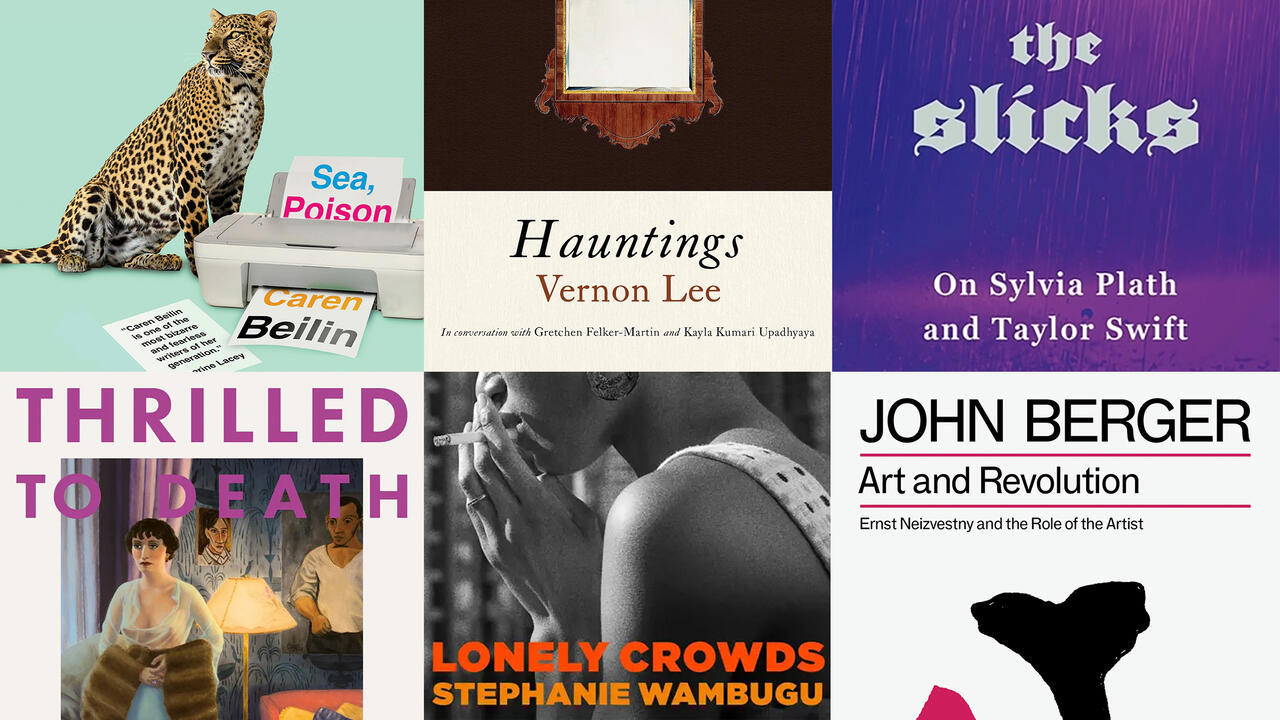A Climate for Change: What to Expect from the Nordic Pavilion
Artists Ane Graff, Ingela Ihrman and nabbteeri will test the fraught relationship between human and non-human species
Artists Ane Graff, Ingela Ihrman and nabbteeri will test the fraught relationship between human and non-human species

The most striking feature of the Nordic Pavilion in Venice is undoubtedly the trio of plane trees that grow in the centre of the 400-square-metre building, piercing its ceiling. Designed by the Norwegian Pritzker Prize laureate Sverre Fehn and located in the centre of the Giardini, the pavilion features wall-length sliding glass doors and a roof made from latticed concrete beams. It is open to the elements in the truest sense: a celebration of the uncultivated, untamed nature of the architect’s homeland. It is fitting, then, that the Nordic contribution to the 58th Venice Biennale will offer an open invitation to a whole host of ‘non-human agencies’, including, but not limited to, algae, invertebrates and microorganisms.

Commissioned this year by the Museum of Modern Art Kiasma, Helsinki, in collaboration with the Moderna Museet, Stockholm, and the Office for Contemporary Art Norway (OCA), ‘Weather Report: Forecasting Future’ takes as its theme the relationship between human and non-human actors, in what the curatorial statement calls ‘an age when climate change and mass extinction are threatening the future of life on Earth.’ To this end, it will feature new commissions from Ane Graff from Norway, the artist collective nabbteeri from Finland and Ingela Ihrman from Sweden.

In recent years, the phrase ‘mass extinction’ might have sounded alarmist. But following the publication of the UN’s landmark report on climate change this past October, which warned that we have just 12 years left to avoid a global warming catastrophe, human-caused extinction is starting to feel like a foregone conclusion. In spite of this gloomy forecast, Nordic Pavilion co-curators Leevi Haapala and Piia Oksanen aim to present a hopeful front. ‘If you have hope’, Oksanen explained in a recent presentation in Helsinki, ‘you don’t surrender – you act’.
The curatorial concept taps into what the curators see as an on-going rethinking of the distinction between human and non-human agencies, something that becomes more pronounced following the recent realization of the damage that our anthropocentrism has inflicted upon the planet. ‘From a biological perspective’, says Oksanen, ‘it’s obvious now that humans are not that different from other animals. We are inhabited by bacteria and our cells are, for the large part, other than human cells. We are only one agency among others.’

‘Weather Report’ will feature a series of sculptural interventions that explore the various symbiotic relationships that play out within the natural world. Graff, for instance, will show her new series ‘States of Inflammation’, a set of three glass cabinets that aim to render visible the importance of gut microbial diversity to maintaining our health. The title refers to an increase in inflammatory diseases that has occurred as a result of the effect of modern living upon vital microbes. While it remains unclear what will sit in Graff’s cabinets, she has previously experimented with a wide range of non-traditional microbiological materials: synthetic pigments, chlorella powder, marzipan and human DNA.
Ihrman will present A Great Seaweed Day, an installation informed by her esoteric research into the liquid origins of human life. This interpretation draws upon the notion of The Inner Ocean, a term borrowed from a popular science television program that was broadcast in Sweden throughout the 1990s. The Inner Ocean, the artist’s website states, ‘refers to the liquid in the ovarian follicles, a cellular structure that surrounds maturing oocytes (egg cells) in all animals. The follicle liquid has the same salinity as the primeval sea once had – the sea where life arose.’ Comprised of five oversized mixed-media renderings of different species of algae, the installation continues Ihrman’s exploration of the connections between human bodies and non-material worlds. Previously, the Swedish artist has donned elaborate costumes that transform her into a toad, an otter and a blooming flower, in comical defiance of the division between human and non-human creatures.

Known for their site-specific, locally-oriented method of production, nabbteeri (comprising Janne Nabb and Maria Teeri) are currently in dialogue with the Giardini gardeners to gather material from the surrounding area, which they will use for a set of interventions into both the interior and exterior spaces of the Nordic Pavilion. One such intervention will use the roots of a diseased tree as the base for a self-maintaining compost heap; another will comprise a two-metre metal structure filled with branches that is intended to become a home for birds and invertebrates. Inside, the artists are planning a third installation featuring plant cuttings, sand bags, 2D animations and replicas of the spikes installed on the outside of the pavilion to deter birds from nesting.
As with each contribution to ‘Weather Report’, certain aspects of nabbteeri’s project will be constructed from materials that are native to, and can therefore be recycled within, the Giardini. While Haapala and Oksanen acknowledge that any kind of exhibition making will inevitably create a carbon footprint, their presentation aims to highlight personal responses to the threat of climate change, especially in regard to how we treat the non-human species we share the planet with.
The 58th Venice Biennale will be on view from 11 May until 24 November 2019.
Main image: Ane Graff, Untitled, 2018, copper, iron, potassium alum sulphate growths on deep sea coral, Jewel Beetle (Chrysochroa vittata), 10 × 15 × 10 cm. Courtesy: the artist; photograph: RH Studio























